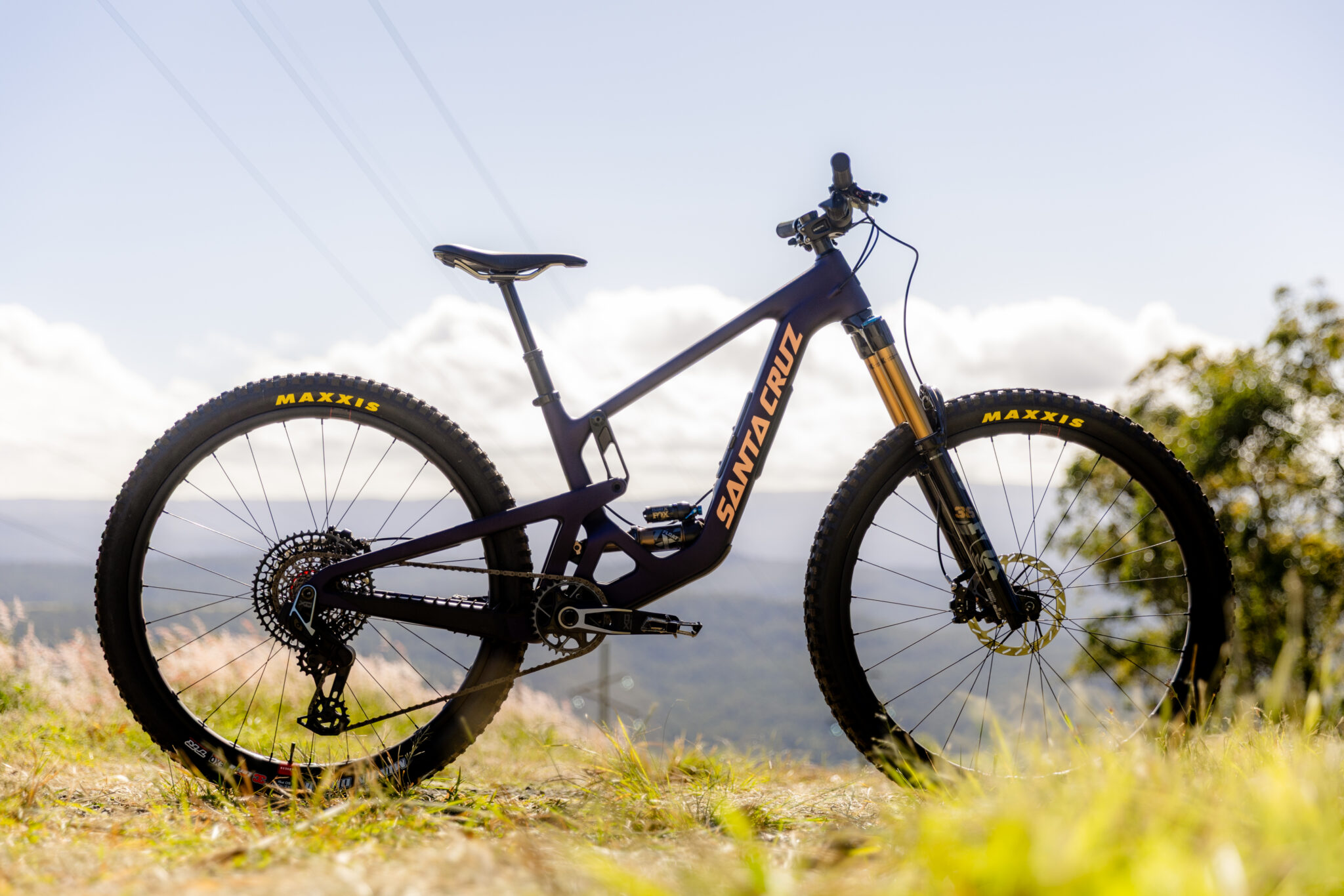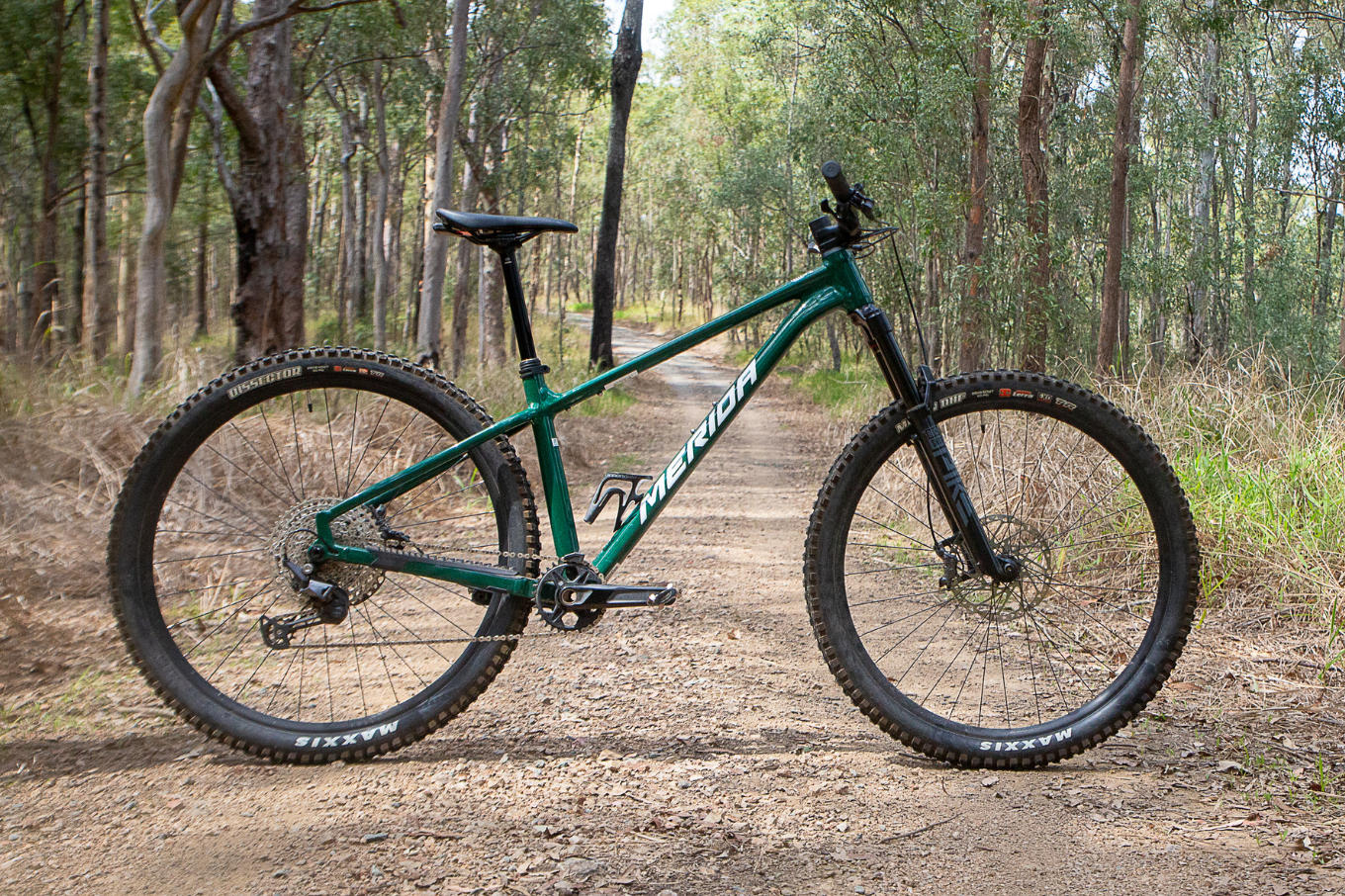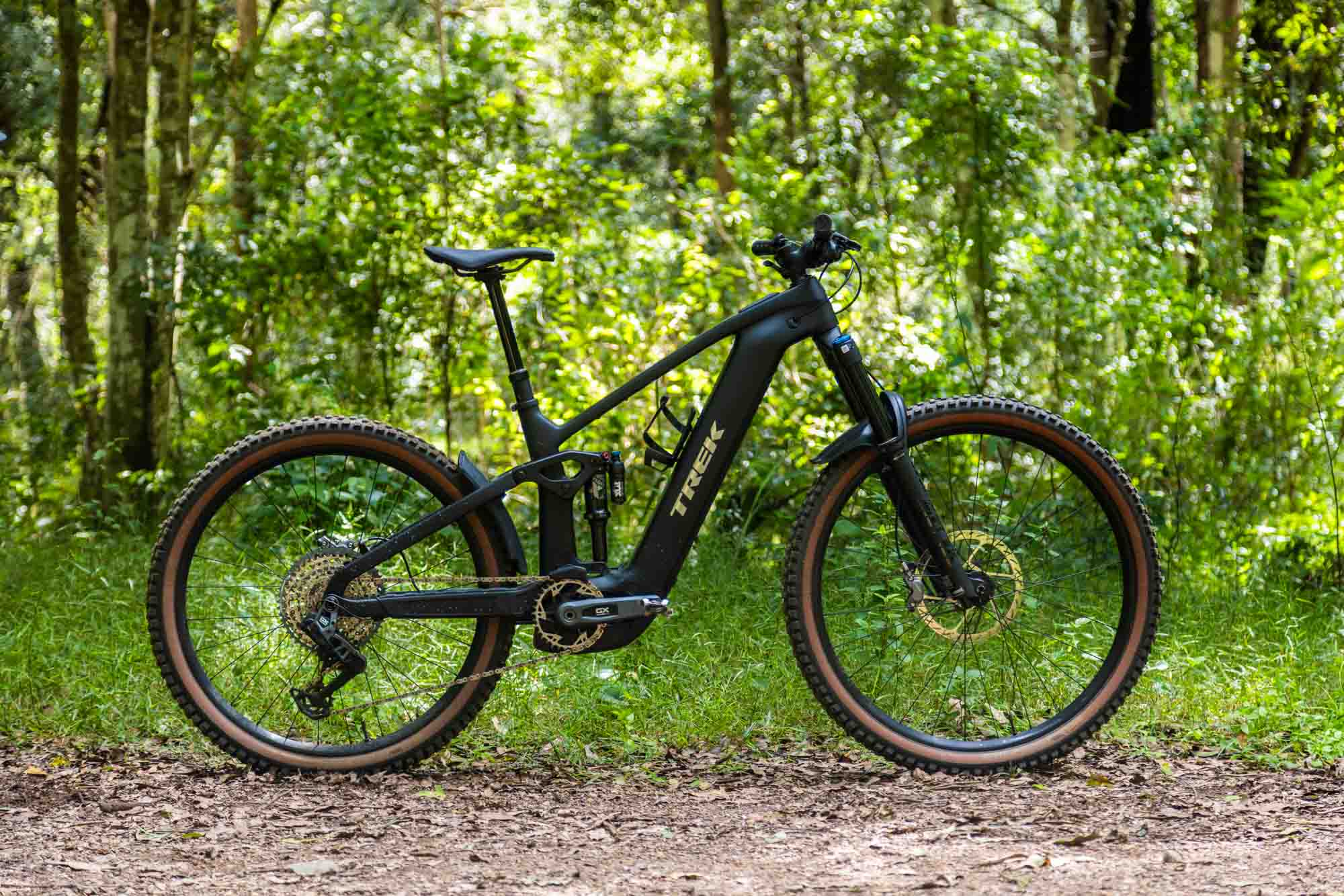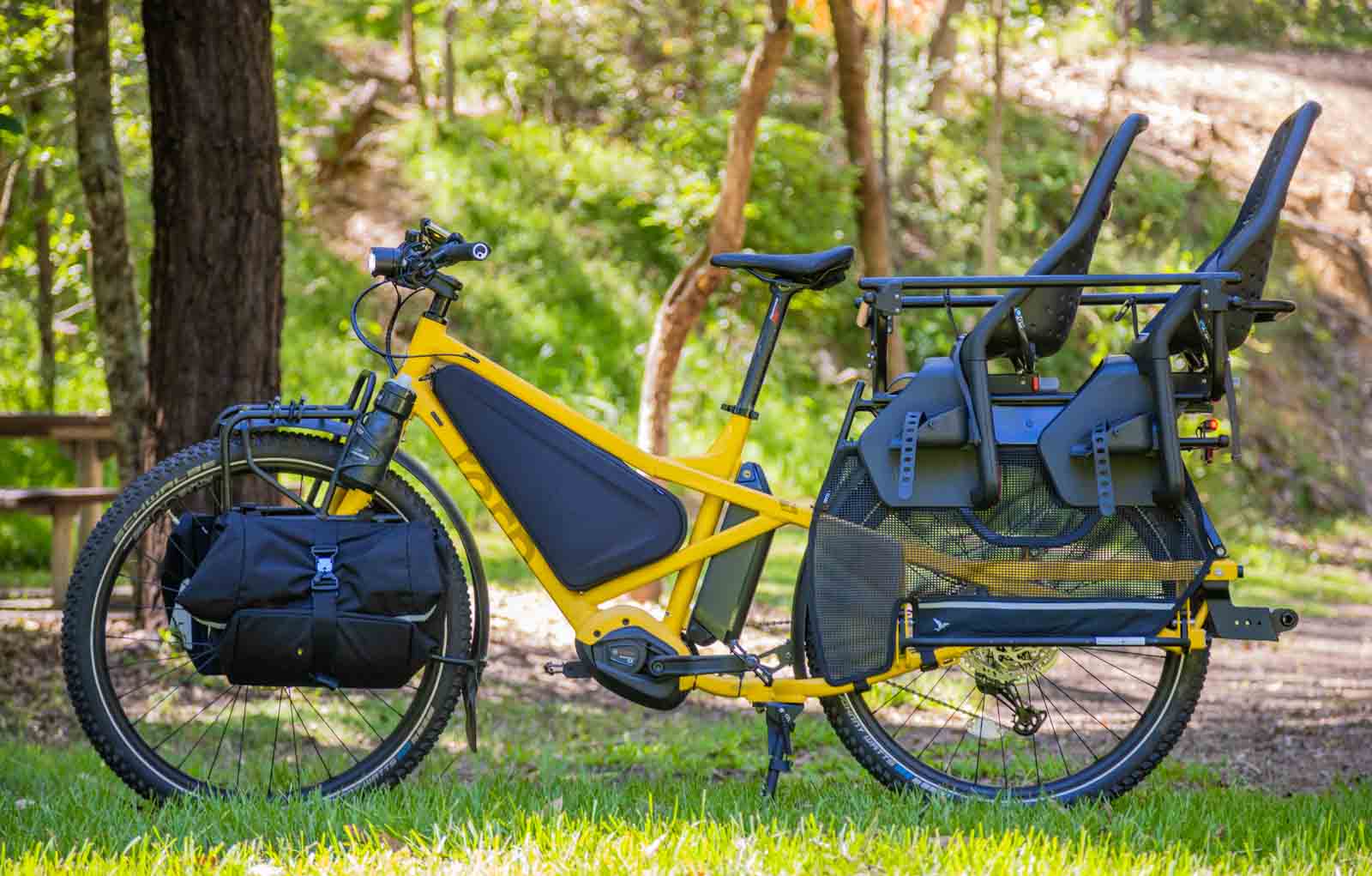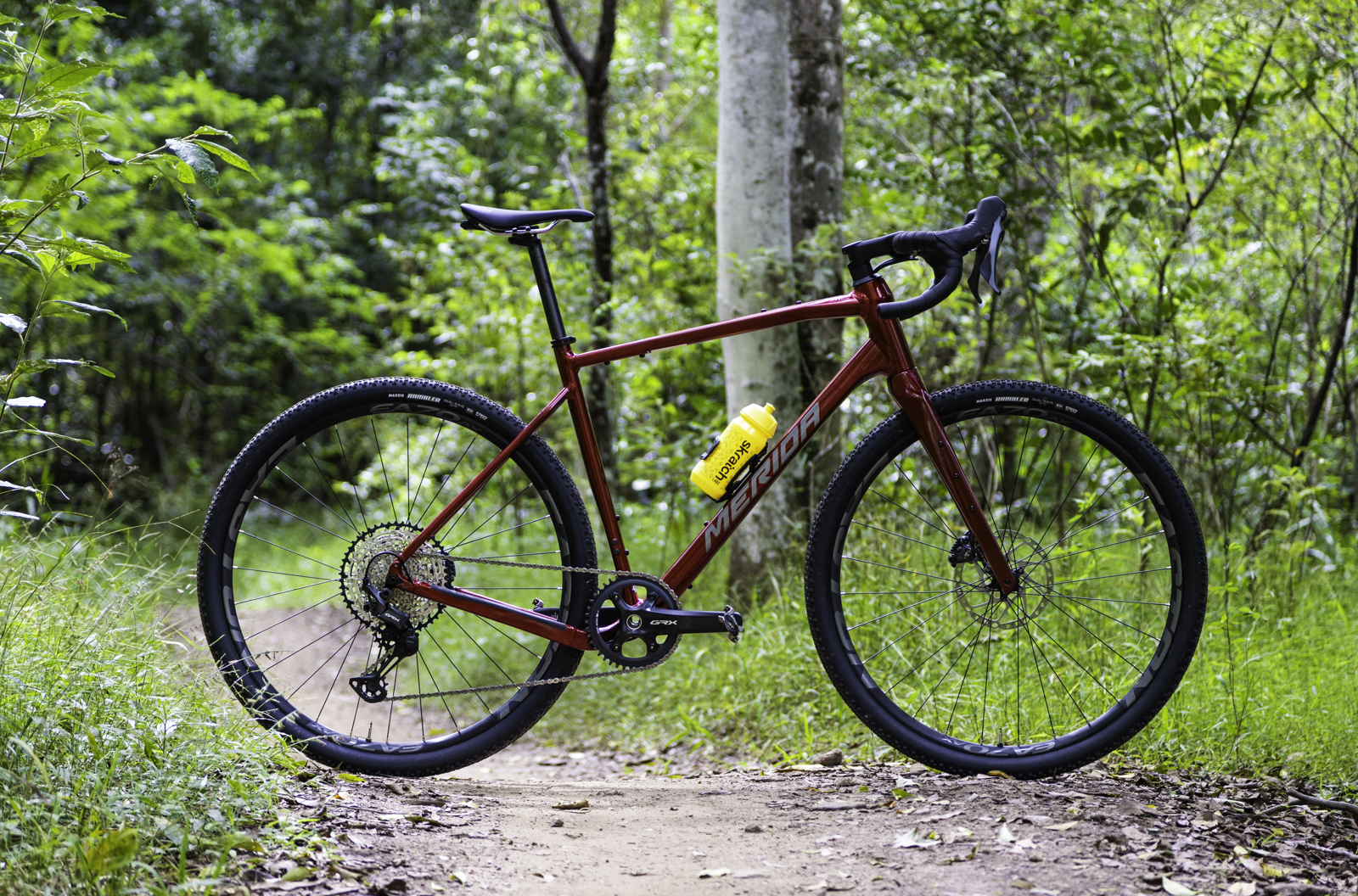The Specialized Turbo Levo 4 is Where Super Meets Natural
What’s so special about the new Levo 4?
Photos by Jordan Riddle
It’s been a bike we’ve all been holding our breath for, and we’ve been delighted to have Specialized’s new Turbo Levo on test. The new Levo features the 3.1 motor, a mixed-wheel setup with 150mm rear travel, three ways to optimize geometry, GENIE suspension, lower standover height, and the capacity to run a 200mm dropper in the S4 size. The Specialized Levo 4 delivers some of the upgrades we had on our wish list for the new model—but let’s dive into the bike more below.
Test rider: Ryan Walsch
Riding experience: Repairing, racing and breaking bikes since forever
Generally Rides: Forbidden Druid, Trek e-cargo
Height: 178cm
Weight: 74kg
Bike Test Track: Canberra finest pine forests
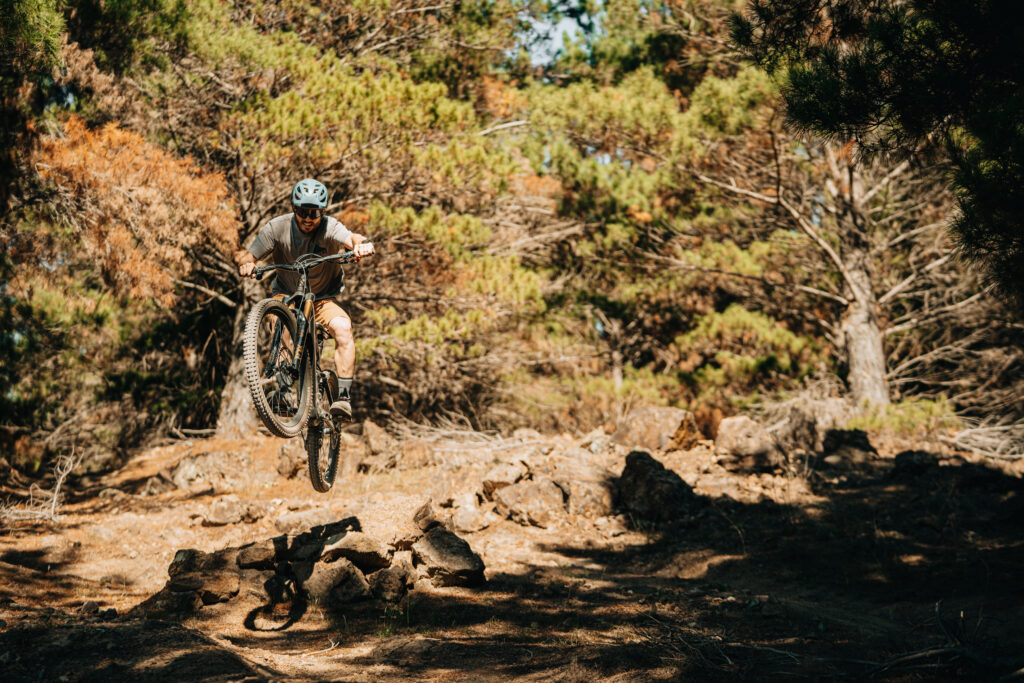
Specialized Levo 4 Specs
Model: Turbo Levo 4 Pro
RRP: $17900
Weight: 23.88kg (as tested)
Available Sizes: S2, S3, S4, S5, S6
Frame: FACT 11m carbon
Fork: Fox 38 Factory GripX2 160mm
Shock: GENIE Fox Float X Factory 150mm
Shifter: SRAM AXS Pod
Derailleur: SRAM XO Eagle Transmission
Crank: SRAM XO alloy
Motor: Specialized 3.1 motor
Chain: SRAM XO T-Type
Casette: SRAM XO 12spd 10–52
Hubs: DT Swiss 350 hubs
Rim: Roval Traverse HD hookless
Tyres: Butcher, Grid Gravity 29×2.3″/27.5×2.3”
Brakes: SRAM Maven Silver 220mm/200mm
Stem: Industry 9, 40mm length
Bar: RaceFace Era carbon
Seat Post: Bike Yoke Revive Max 3.0, 34.9
Saddle: Bridge Mimic Expert
More info: www.specialized.com/au
The Australian market will receive four models of the new Levo, including an S-Works model and an S-Works frameset.
The S-Works, as expected, comes with a blingin’ build, leaving nothing wanting. The Specialized FACT 11m Carbon frame is used throughout all four models, but the S-Works also sports carbon linkage to keep the grams down. As mentioned, this model comes with the 3.1 motor boosted to a peak power of 720W with 111Nm of torque at your disposal. The S-Works model is available in Gloss Glacial Metallic and Gloss Red Pearl colourways.
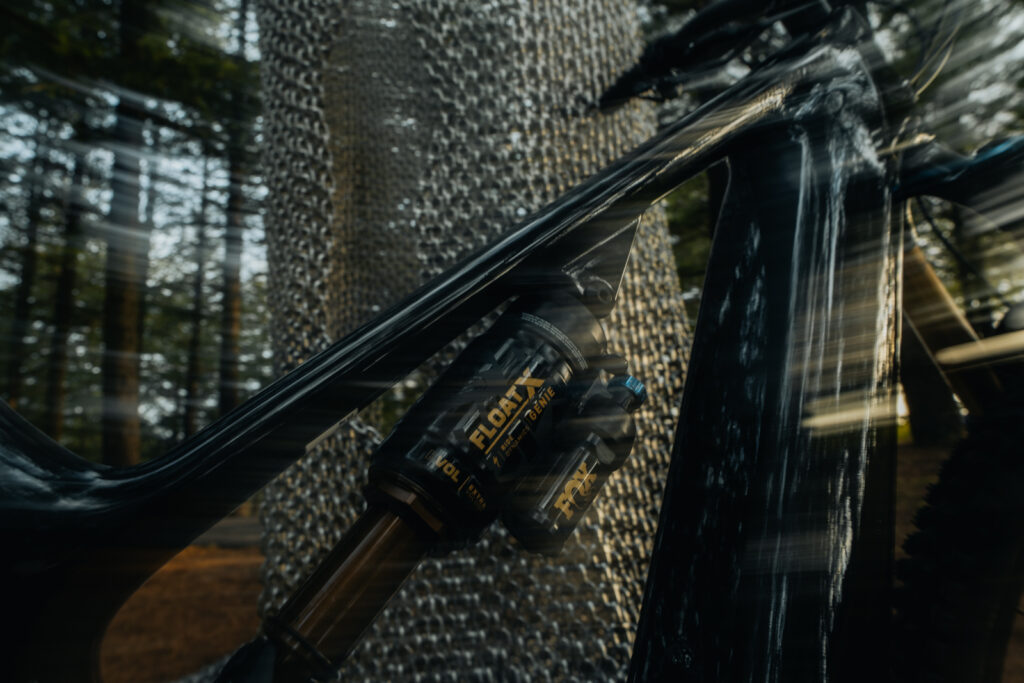
Our Turbo Levo Pro model features the 3.1 motor with 666W peak power and 101Nm torque, which is mirrored across the remainder of the range. The Pro model features the same suspension as the S-Works model, however it downspecs the drivetrain to SRAM Eagle XO, brakes to Maven Silver, and hubs to DT Swiss 350s.
The Levo Expert and Comp models feature a further step down in suspension, with the Fox 38 Performance Elite GRIPX2 and GENIE Fox Float X Performance Elite, and Fox 36 Rhythm GRIP and GENIE Fox Float X Performance, respectively. The Expert features SRAM Eagle GX, while the Comp model uses the S1000 drivetrain—both with alloy wheelsets and Silver and Bronze Maven brakes.
Juice Upgrade with the 3.1
The heart and soul of the new Levo is the completely new Specialized 3.1 motor, which boasts a whopping 27% increase in peak power. The 3.1 features a near-flat power curve from 70rpm to 120rpm, ensuring you can make it up any pinch or feature the terrain throws at you. Specialized states that they’ve done field testing and that this power delivery profile means that in steep, slippery, or technical climbs, the nearest competitor failed to ride the section twice as often as the Levo 4.
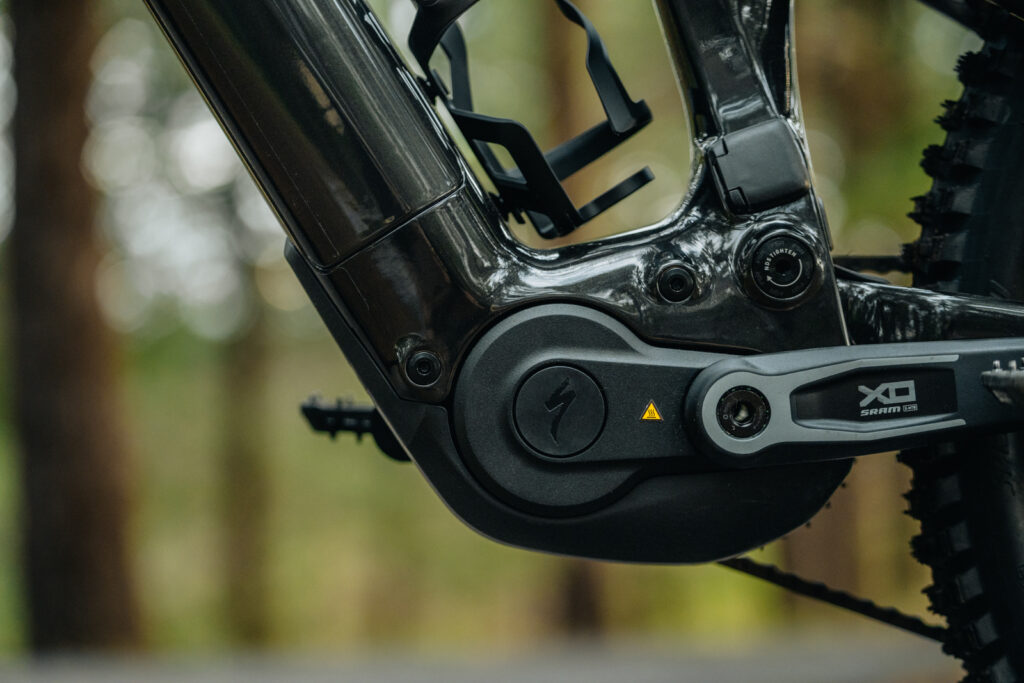
The new 3.1 motor differs depending on the model it’s specced on—S-Works bikes sport a huge 720W peak power and 111Nm of torque, while all other models feature 666W peak power and 101Nm of torque. Specialized has confirmed that the motor on the S-Works and the rest of the range is indeed the same drive unit, simply configured differently for each bike. This is a modest increase from the 2.2 motor on the previous Turbo Levo, which featured 90Nm torque with 565W peak power.
The new 3.1 motor is claimed to set the standard in efficiency, with its 1:27 gear ratio allowing the motor to run at higher RPMs while reducing battery drain. Specialized claims that the 3.1 features the best range-to-weight ratio of any motor on the market.
Battery and SWAT Capacity on Specialized Levo 4
Powering the new Levo is a huge 840Wh battery, with a claimed range of up to 5.3 hours when paired with the range extender (for a hypothetical 80kg rider using primarily Eco mode). Specialized also offers a lighter-weight 600Wh battery, as well as a 280Wh range extender, taking the total possible battery capacity to 1120Wh of berg-topping power.
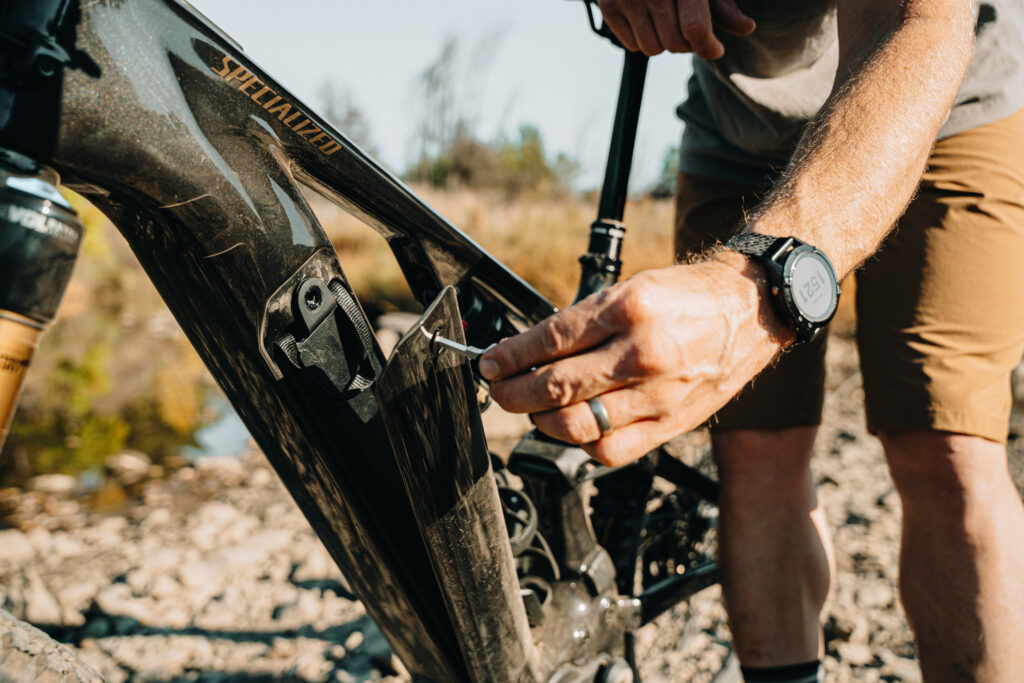
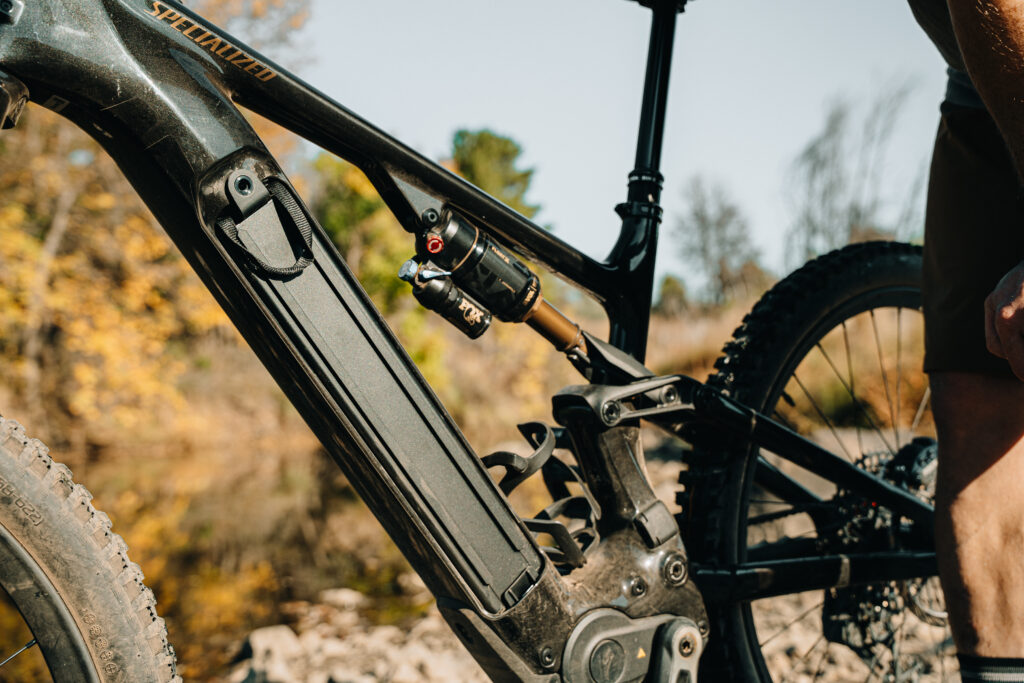
Despite the large battery capacity, Specialized has managed to integrate their patented SWAT downtube storage caddy, located above the battery. The SWAT is retained with a magnet in the headtube, ensuring it stays in place without any incessant rattling.
Entering the battery port to access the SWAT compartment, you can’t help but notice the polished finish of the carbon fibre layup. In my history wrenching, unseen surfaces of bikes can often be left a mess, so Specialized’s attention to detail inside and out of the frame is top-notch—as we would expect. Furthermore, if you swap out the 840Wh battery for the smaller 600Wh, you’ll have extra room in the SWAT compartment for a spare jacket (or mid-ride burrito).

Another notable addition to the new 3.1 motor system is the 5-amp, 200W charger. For time-crunched riders, Specialized is also offering an aftermarket 12-amp, 700W charger that claims a 1-hour charge time from flat to 80%.
Geometry Tweaker’s Delight
The Turbo Levo 4 features Specialized adjustments such as adjustable head tube angle, bottom bracket drop, and chainstay length. The bottom bracket adjustment reduces the drop by 6mm via a flip chip in the eyelet of the shock, while the headset angle offers a 1-degree positive and negative adjustment, for a total of three positions. A third point of adjustment, the chainstay flip chip, allows lengthening of the 435mm chainstay by 9mm.
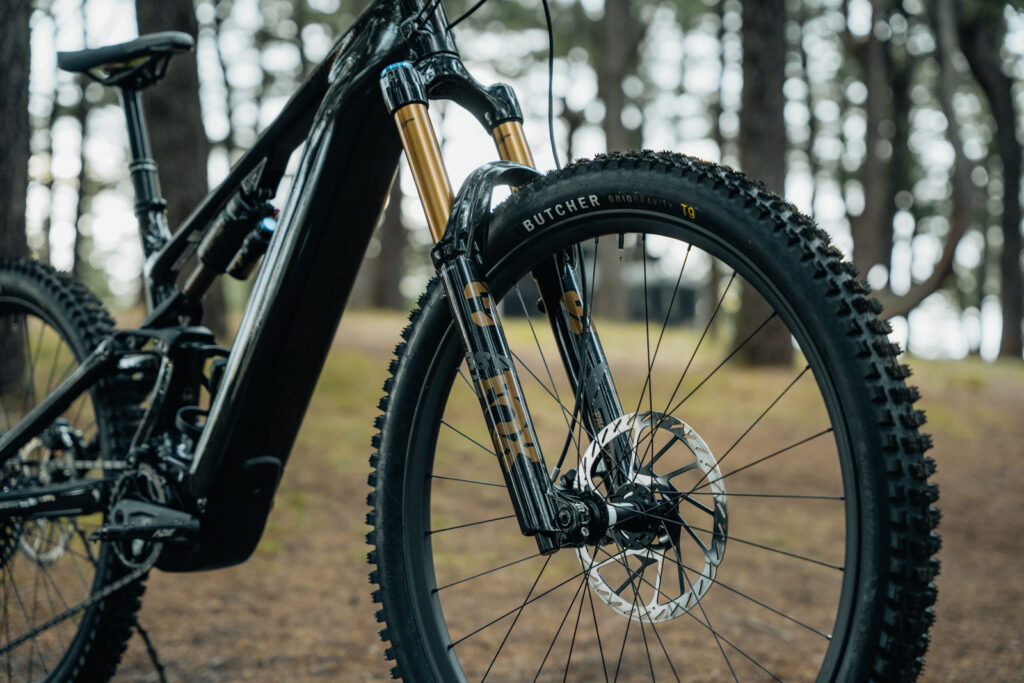
The S4 on test features a 480mm reach, measuring up alongside most brands’ size large. At 178cm, Specialized recommended either an S3 or S4, but I prefer the stability and 1254mm wheelbase of the latter – especially when paired with a mullet or MX setup. If you’re after an S1, sorry to say you’re out of luck, as the new Levo is offered in S2–S6 for riders ranging from 157–203cm, according to their size guide.
MasterMind, MicroTune, and App Integration
MasterMind is described as the ‘on-board control unit’ by Specialized, claiming to be the largest and highest-resolution top tube-mounted screen on the market. Ride data such as charge level, support mode, ride stats, and performance metrics can be connected to devices via Bluetooth. MasterMind pairs with the Specialized app, giving an expanded look at the data displayed on the in-built screen. It also allows you to track the bike with Apple’s Find My feature and remotely lock the bike with System Lock in case of theft.
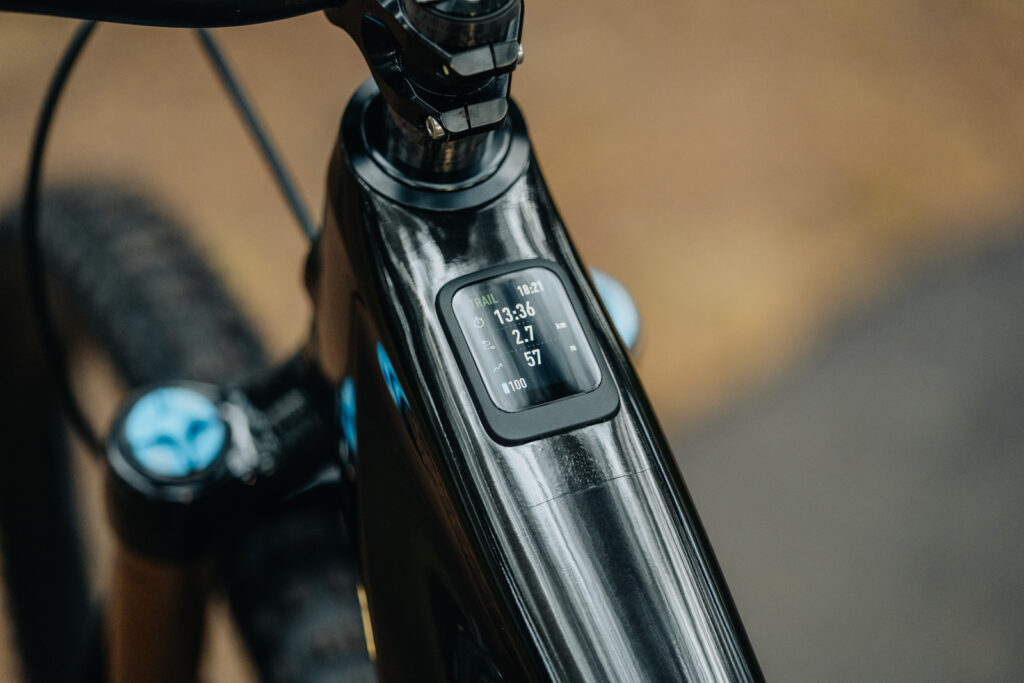
MicroTune is a neat feature that will be welcomed by e-bike connoisseurs—a small dial in the middle of the bar control allows on-the-fly power delivery adjustment. Specialized has also introduced Dynamic MicroTune, a similar concept that uses power increases in 10% increments as an absolute.
Trail Testing the Specialized Levo 4
The new Levo is incredibly smooth on the trail – nearly silent and very composed. I am well acquainted with the GENIE air shock from my time onboard the Stumpjumper 15. The huge air volume of two positive air chambers creates a flatter spring curve for the first 70% of the shock’s stroke, making it incredibly supple and responsive. The outer chamber closes automatically in the final 30% of the stroke, decreasing air volume and resisting bottom-out with a very progressive spring curve that keeps things in control during dicey moments.
The GENIE shock also features a large slide bushing made by Trelleborg, which drastically reduces wear in yoke-driven suspension designs – a huge bonus.
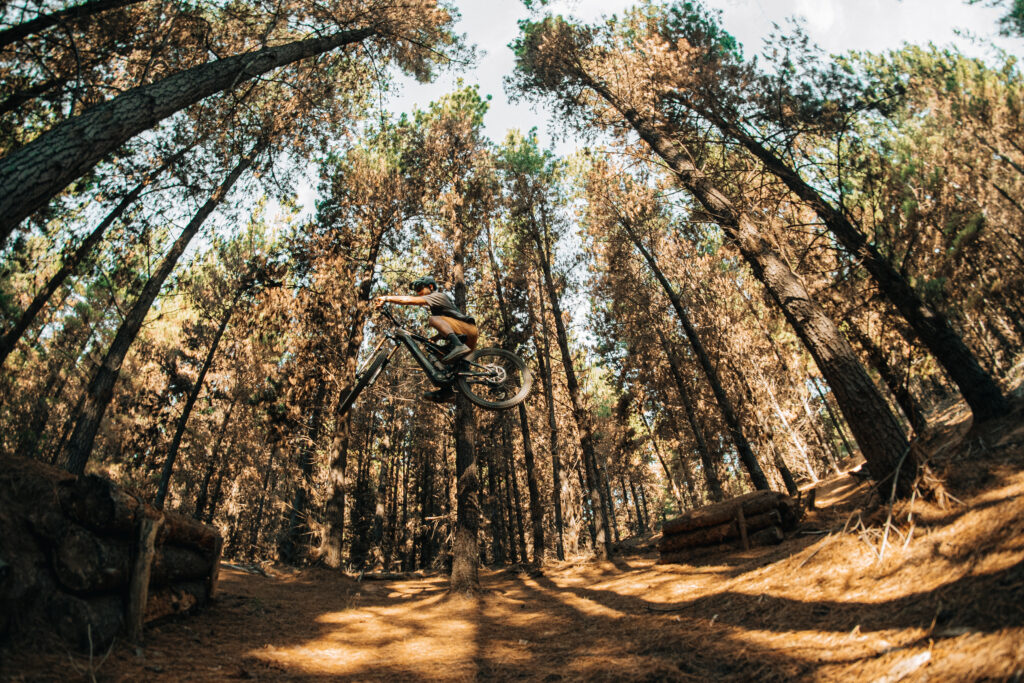
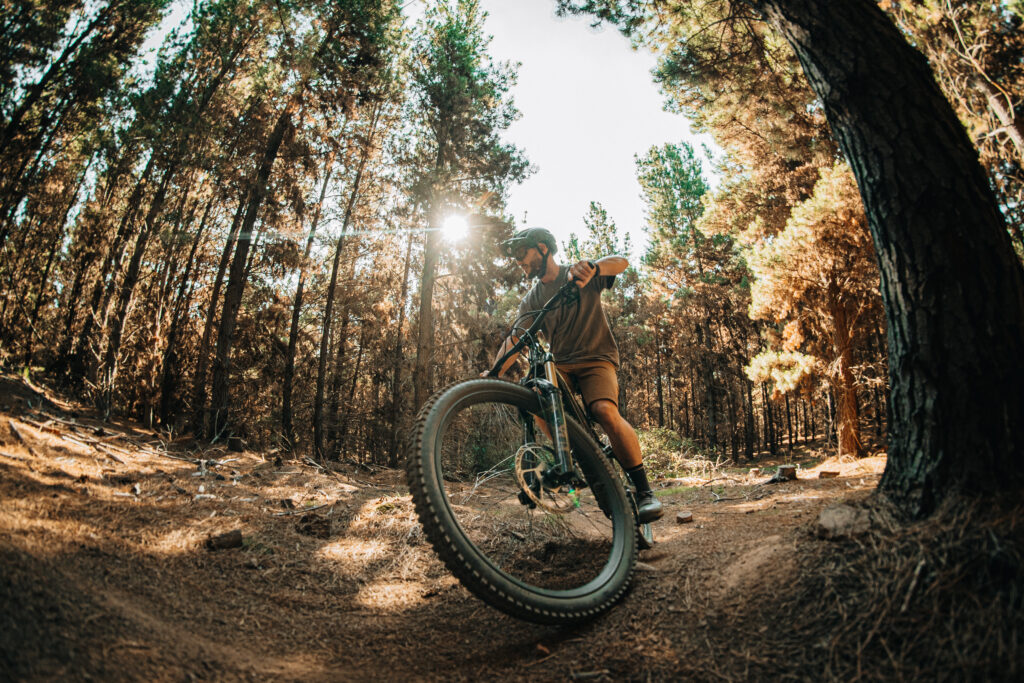
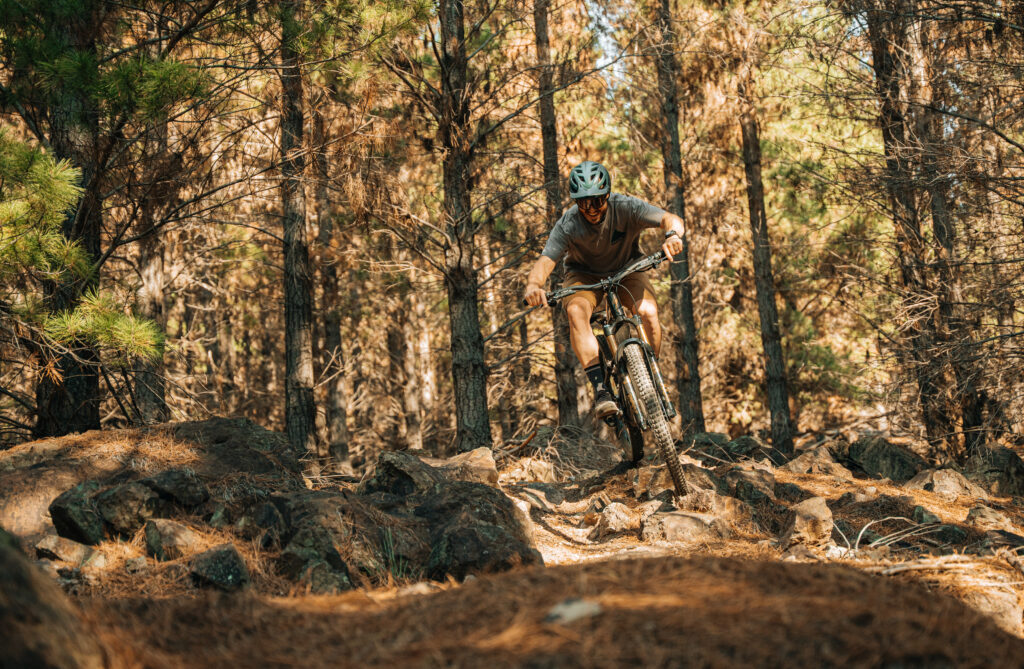
The Levo’s geometry in the S4 size is almost a mirror image of the Stumpjumper 15, only a fraction longer with a 480mm reach (compared to the Stumpjumper’s 475mm), and a 1254mm wheelbase, with both bikes featuring a 77 degree virtual seat tube angle. Specialized has steepened the Levo’s actual seat tube by removing a bend at its base, increasing seat post insertion by over 60mm compared to the previous generation.
The Specialized Levo 4 is very easy to manoeuvre thanks to its short 435mm chainstays and 27.5” rear wheel. I found the ride more composed and stable at speed and on technical climbs when I flipped the chainstay chip, lengthening the rear centre to 444mm. This allows the bike to operate in two modes: calm stability for confidence on rowdier trails, and a more playful feel on flowy terrain.
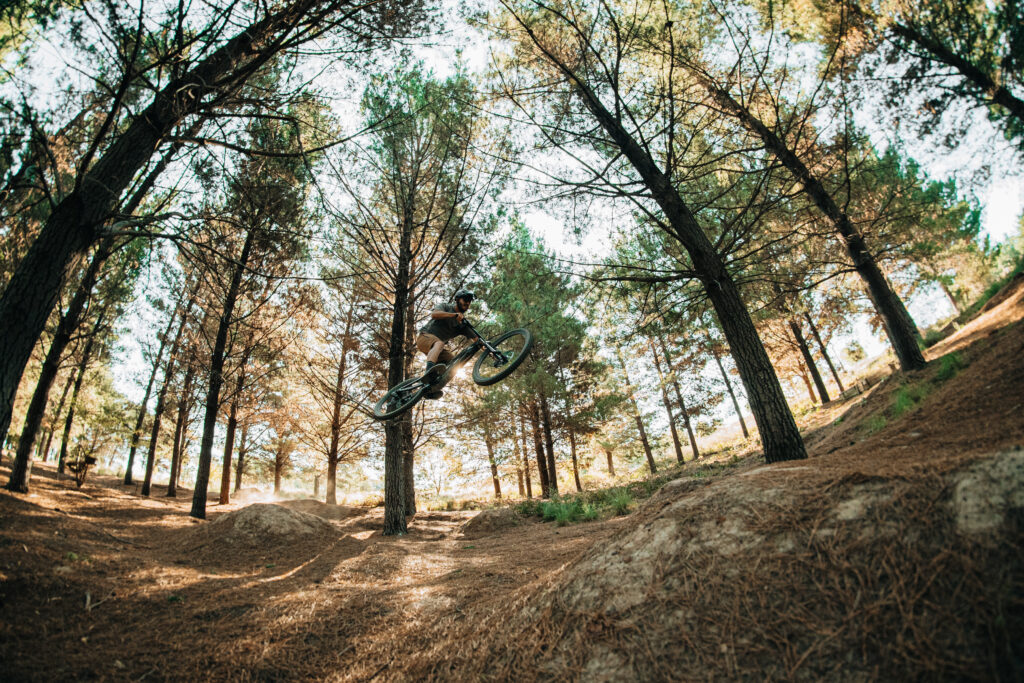
Hoop-wise, Specialized has paired a set of Roval Traverse HD hookless carbon rims with DT Swiss 350 hubs. A 28-hole front, 32-hole rear and lower-profile carbon rim result in vertical compliance that adds to the smooth, planted feel on the trail. When pushing hard, I did find they had a tendency to squirm—straight-gauge or e-bike specific spokes could help here. A small thing, but worth noting for the Clydesdale crew.
On climbs and flat turns, I found that the GENIE shock sank deeper into its travel than expected, resulting in a lighter front wheel, less grip, and a tendency to push through turns. We corrected this with a touch more pressure than recommended in the rear shock and by dropping the stem by 10mm to find a better balance.
Specialized’s 3.1 Motor
While I love selecting Turbo mode as much as the next rider, I also enjoy the challenge of technical climbing. This is where Specialized excels—creating a bike that feels natural on the trail rather than like a mini motorbike. But as they say, power is nothing without control, and Specialized has found a great balance between the two.
Using MicroTune between about 60% and 80%, in 10% increments, proved the best fit for most riding scenarios. The ability to adjust power delivery in 10% steps is a huge advantage—whether you’re riding with friends on analogue bikes or seeking better grip and rhythm. MicroTune is also an effective way to manage battery consumption.
The new 3.1 motor, built in partnership with Brose, ditches the belt for an all-metal geared setup. Internally, the gears are twice the size and feature a super-hard coating to reduce wear, friction, and noise.
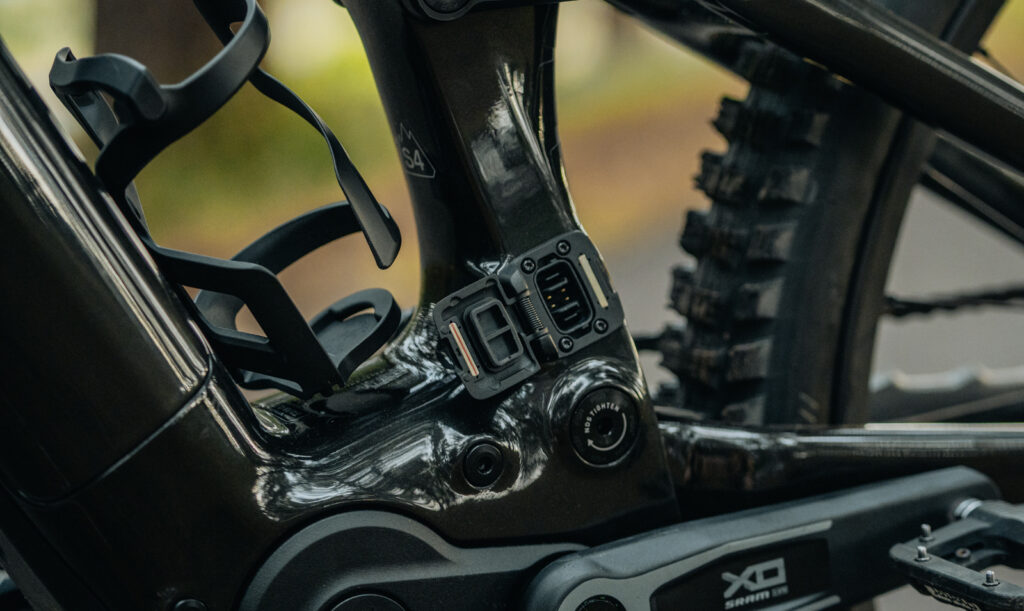
Our 666W, 101Nm model has similar specs to SRAM’s Powertrain motor, which delivers 680W and 90Nm torque. Both feel natural on the trail, but the 3.1 motor—though heavier—has the edge under load with more grunt and less noise for a quieter ride.
Cadence matters to the 3.1 motor: from 20rpm to 70rpm, power increases gradually and then holds flat at max power to 120rpm. This curve helps maintain natural feel without power surges.
The 3.1 motor is formidable in size, sitting low in the frame despite the 350mm bottom bracket height. It’s protected by a high-impact sump guard, which I did scrape on occasion as the Levo sinks into its travel. Additional pressure and volume spacers helped keep the bike riding higher—though this goes slightly against GENIE’s intent.
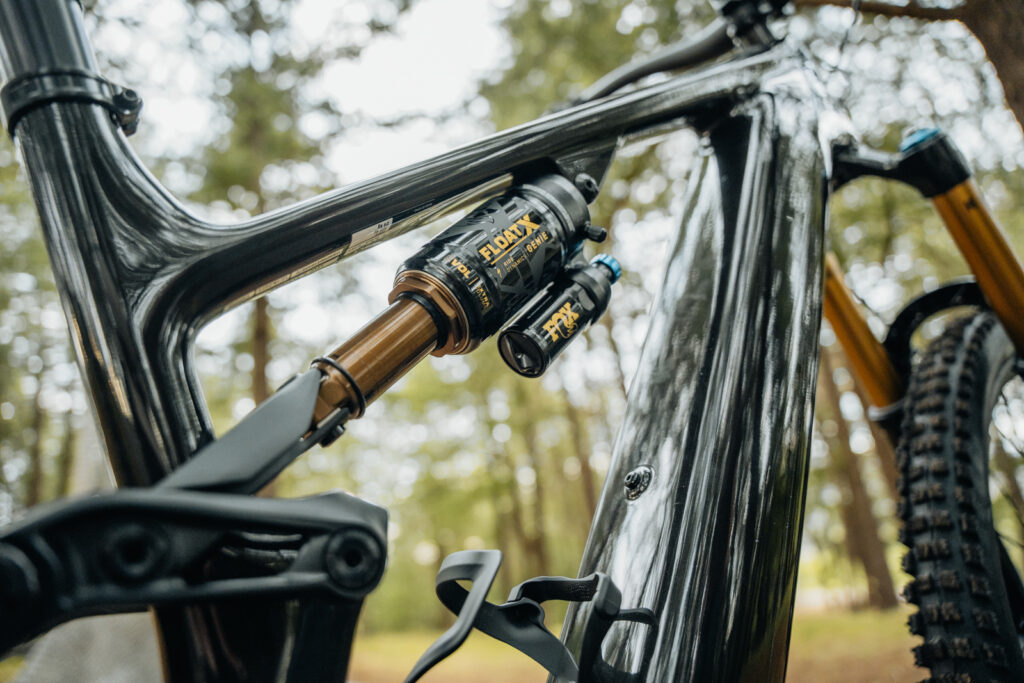
In terms of range, the 840Wh battery gave us well over 2300m of elevation gain using Turbo mode only, covering about 45km on a jagged profile. Using MicroTune and Trail mode, 5 hours of ride time is easily achievable on gentler terrain.
Our test bike was almost trouble-free until a momentary glitch: intermittent surges and a red error stating “no battery found” despite the system being powered. A quick off-and-on reset plus a battery reseat fixed it—strange, but non-repeatable.
Our Take on the Specialized Levo 4
As always, Specialized has nailed the ride feel on the Turbo Levo Gen 4. Its delicate trail touch and composure for a burly, full-powered e-bike are exceptional—and it’s incredibly easy to get comfortable on from the start.
I do question the size and weight of the 3.1 motor and Specialized’s stance on limiting non-S-Works motor output via software. The option to pay for an upgrade may be welcomed—or resented—by some riders.
Overall, Specialized has answered the call for a more powerful, adjustable, and longer-range bike, and we could definitely get used to having the Turbo Levo Gen 4 in our stable.


